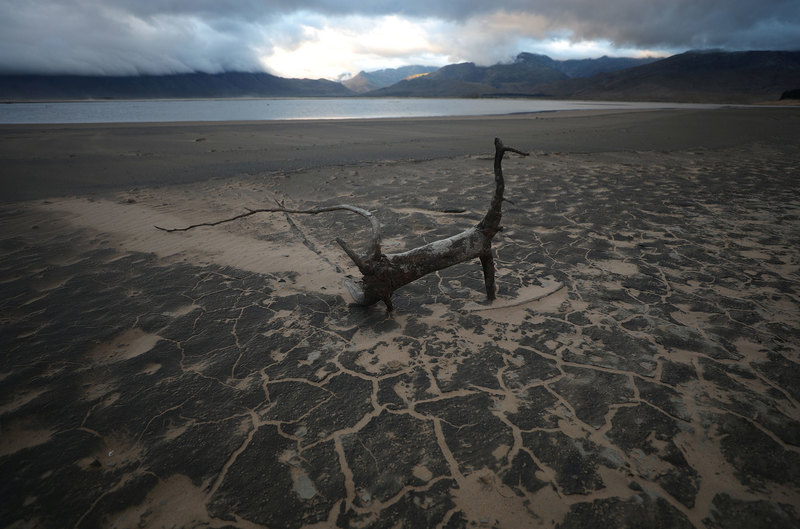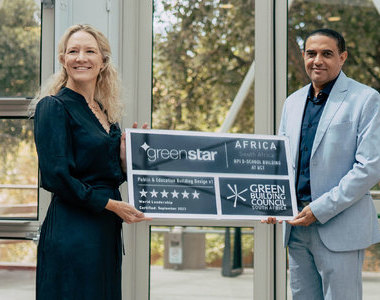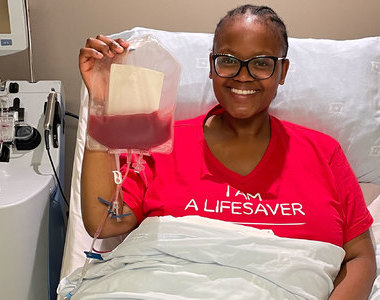Cape Town’s water: heading in the wrong direction
13 February 2023 | Story Kevin Winter. Photo REUTERS / Mike Hutchings. Voice Cwenga Koyana. Read time 5 min.
Capetonians must heed the warning of Day Zero in 2018 if another water crisis is to be averted. Despite warnings by the City of Cape Town to curb water demand and implement water-saving measures, the city’s water supply is moving in the wrong direction.
The City’s water demand in the first week of February hit an average of 1 billion litres per day, and it is anticipated that it will exceed 1.1 billion litres this week after a run of seven consecutive hot days.
February is typically a warm month with low rainfall. The last time the City used more than 1 billion litres of water per day was in 2014. This is equivalent to 237 litres per person per day and includes all water used for whatever purpose in the city. By comparison, most European countries, except for Italy, use between 100 and 150 litres per capita per day.
“It is odd that Cape Town is using a larger volume despite being situated in a water-scarce region.”
Comparisons with European countries could easily be dismissed, but it is odd that Cape Town is using a larger volume despite being situated in a water-scarce region that receives increasingly unreliable seasonal rainfall, and where urbanisation and a growing population are placing greater demand on its water resources.
Increasing pressure on water supply
At the same time, the City’s aging infrastructure and slow investment in new water sources are not keeping pace with this growing demand. While relief of avoiding Day Zero has given the city a window of opportunity to increase investments in water infrastructure and treatment plants, it looks like the window might be closing faster than was hoped.
There are also signs that we are not out of a drought. Currently the storage levels of our dams are much better than during the first half of 2018, largely due to improvements in water management. But rainfall remains low. Historical rainfall for the Wemmershoek weather station, which represents rainfall in a mountainous catchment where most supply dams are situated, shows that since November 2022 this area has had even less rainfall than in 2018.
If the South Africa Weather Service (SAWS) model is correct, then there is some relief on the way. Slightly above average rainfall is predicted in the period from March to May. Perhaps there is no need to panic just yet, but in the interim, the warning signs need to be getting louder. Avoid uncertainty and rather take action.
Water is too cheap
It comes with some relief that there are currently no water restrictions in place. Level 0 tariffs are being applied at a stepped-up rate that sees only a relatively small percentage of households that are using over 35 kilolitres of water per month paying R66.93 per kilolitre. Most households that have implemented various water-saving technologies and behavioural practices fall in the 6 kilolitres to 10.5 kilolitres per month and are paying between R161.58 and R282.76 for their water use. That equates to the cost of two large pizzas and a cooldrink or two.
“Because water supply and sanitation services are essential for cities, citizens should be working to effectively safeguard that supply.”
At this rate, it doesn’t give much assurance that water resources are being managed sustainably and equitably across the City. Because water supply and sanitation services are essential for cities, citizens should be working to effectively safeguard that supply while ensuring that there is a reasonable return on revenue to support the City’s service costs and to raise capital. This will accelerate investment in essential water and sanitation infrastructure.
No one wants to pay more – especially if there is no return, but we do know that raising tariffs has a significant impact in reinforcing water conservation measures, resulting in an improved balance between supply and demand.
Essential new water supplies
February is a tough month for water managers in the City. It might be too early to raise the alarm, but if the storage levels drop to below 50% by the end of March (currently at 59%), then it is time for more drastic action.
The SAWS model suggests that it should not be necessary, but a lower-than-average rainfall for the year will mean that Cape Town cannot avoid water restrictions. Cape Town’s water supply and demand highlights the need for cities to take proactive steps to ensure that they have the resources they need to meet the challenges of the future.
But without immediate action over the next seven years to achieve an extra 300 million litres per day of supply, the situation in Cape Town is likely to continue to deteriorate, putting the city and its residents at risk.
Dr Kevin Winter is a researcher at the University of Cape Town’s (UCT) Future Water Institute.
 This work is licensed under a Creative Commons Attribution-NoDerivatives 4.0 International License.
This work is licensed under a Creative Commons Attribution-NoDerivatives 4.0 International License.
Please view the republishing articles page for more information.
Listen to the news
The stories in this selection include an audio recording for your listening convenience.























































































































































































































































































































































































